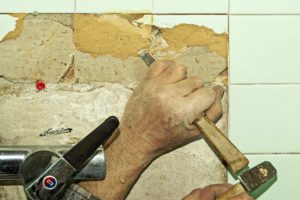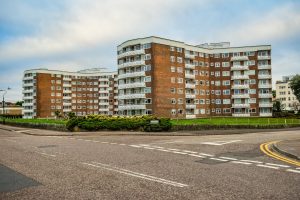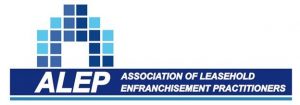Solicitors Specialising in Licences to Alter
There are many reasons why the owner of a leasehold flat might need to alter the property  which they own, perhaps because they want to improve their home, or because they want to refurbish the building. And if the changes are substantial, then it’s critical to get your landlord’s consent for those alterations.
which they own, perhaps because they want to improve their home, or because they want to refurbish the building. And if the changes are substantial, then it’s critical to get your landlord’s consent for those alterations.
The exact requirements will depend on the terms of the lease and the types of changes being proposed – but in most cases the leaseholder will have to get a Licence to Alter from the landlord [usually the freeholder] giving them consent to make the changes.
Got a question about a Licence to Alter? Call our specialist solicitors on FREEPHONE 0800 1404544 for FREE initial phone advice.
What Kind of Work Requires Landlord’s Consent?
The types of renovations or changes to the building which might need a licence to alter can include;
• any alterations to the structure of the building
• changing internal walls or doors and
• changing the windows.
More minor changes such as getting new flooring, painting walls or putting up shelves typically do not require the freeholder’s permission. Making alterations to leasehold buildings without the consent of the landlord can often cause disputes – both between leaseholders and the freeholder, and also on occasions between individual leaseholders.
If you are in any doubt at all over whether a licence is needed for the proposed works, some careful checking needs to be done and the freeholder needs to be kept informed.
Failure To Obtain Your Landlord’s Consent to Alterations
Not getting the right form of written consent from the freeholder can be classed as a breach of the lease – and could result in really serious financial implications for the leaseholder.
The Importance of Getting Your License to Alter Early on
Getting permission from your landlord to make alterations can take time, especially when this coincides with the lease itself being agreed. This delay can put the leaseholder in the position of having to appoint builders or decorators to carry out work which they might be refused permission to complete.
It is therefore wise to get in touch with the freeholder as soon as possible to establish whether or not a licence is necessary, how likely it is that consent will be given, and how long it is likely to take for a licence to be given.
Alterations to your Leasehold Flat – Making an Application for Landlord’s Consent
The information you are going to need to put in an application for a licence to alter will depend on the type of changes to your flat that are being proposed. However they may often include:
• Description of proposed work
• Timeline for doing the work
• Drawings showing current layout and proposed changes
• Copies of insurance certificates, if appropriate
• Planning permission, building regulations warrants and other approvals if needed
• Evidence that the work complies with the Party Wall Act
Legal Implications of Making Alterations To Rented Premises
The Landlord and Tenant Act states that freeholders cannot withhold permission to make alterations without good reason. So, for example, in a situation where changes are needed to comply with legal requirements, your landlord’s consent cannot be refused.
What a Licence for Alterations Should Contain
The licence document lays out the changes which have been agreed and any conditions for carrying out the work. The document will include:
• Details of the work which has been agreed
• Any conditions such as working hours, noise or disposal of waste
• Any statutory obligations which have to be complied with
• Requirements for insurance cover
• Agreement over costs. The costs which the freeholder pays when looking at the proposal and drawing up the licence may have to be paid by the leaseholder. The leaseholder may also be responsible for extra insurance costs, and other costs such as work to security systems.
• Drawings and building specifications
It can often be a tricky time when renovation works are being done under a licence to alter, especially when trying to coordinate alteration work with moving into the building and need to bring this into line with:
• Initial negotiations over the lease
• Removals and relocation
• Buying new fixtures, fittings, equipment or office furniture
• Giving up the lease of the premises which the leaseholder is moving from
Failing to bring all of these things into line can mean large additional costs for the leaseholder, or the need to move into alternative accommodation for a short time. The freeholder is also entitled to inspect the renovation work when it starts, during construction and once work has finished.
Own A Leasehold Flat? Proposing Alterations Needing Your Landlord’s Consent? Our Solicitors Can Help. Call Now
Don’t take chances in making alterations to your flat without checking if you need your freeholder’s permission – it’s critical that you get the right expert advice.
Wherever your flat is situated in England or Wales, our specialist leasehold team can help. For a FREE initial phone consultation from an specialist in working with licences to alter.
- Call us today on FREEPHONE 0800 1404544 or
- email us using our contact form for FREE initial advice and a FREE quote.


 approximately around 1.5 million long leasehold flats in England and Wales.
approximately around 1.5 million long leasehold flats in England and Wales.  that you will be eligible to
that you will be eligible to 